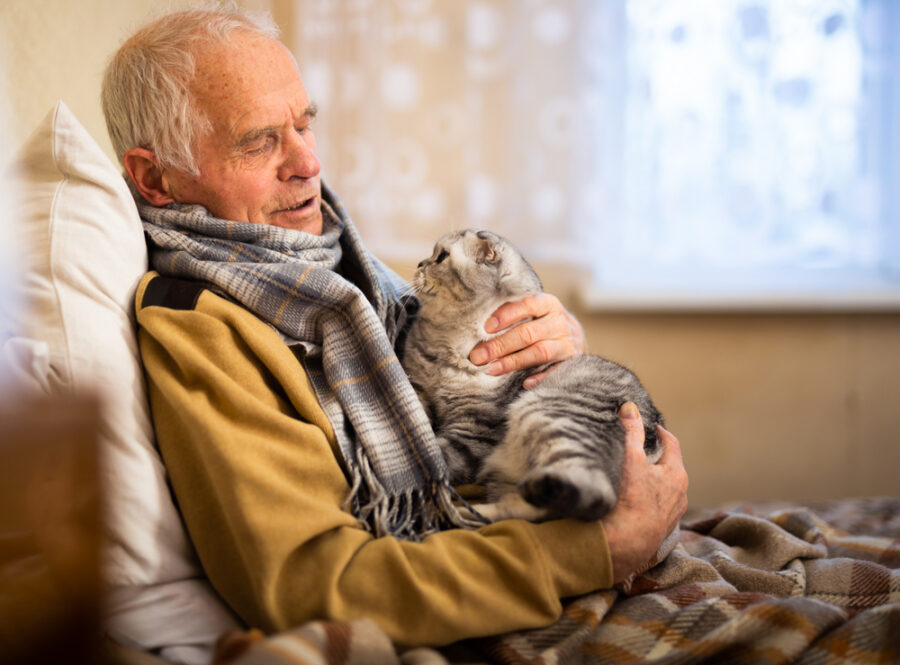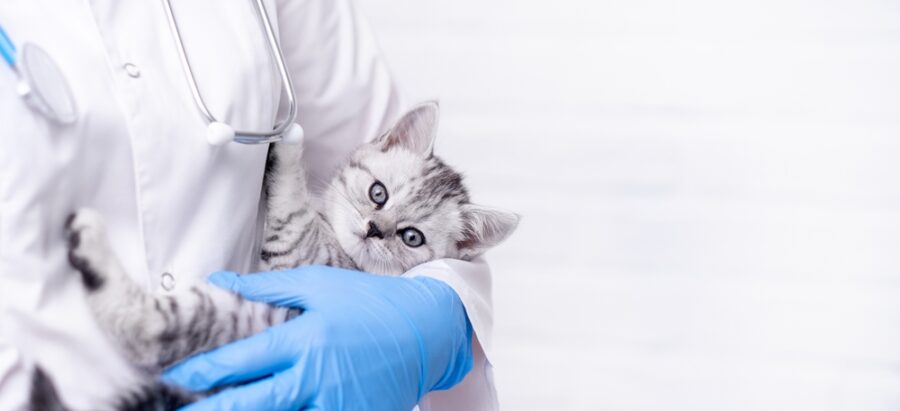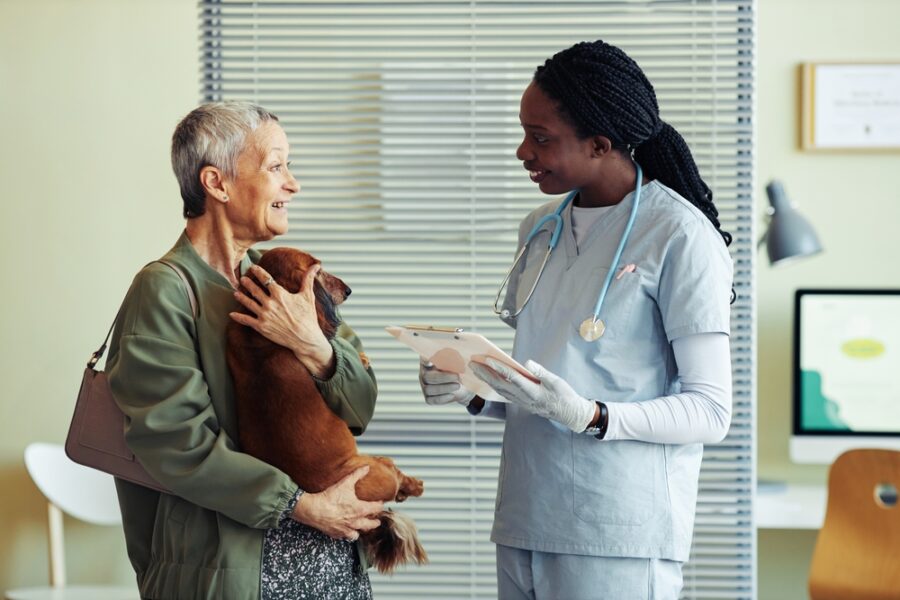Canine sports medicine promotes the health, well-being, and performance of athletic and working dogs, while rehabilitation therapy helps minimize injury risk and offers treatments for acquired injuries. Together, they help keep these dogs on top of their game for as long as possible.
Veterinary sports medicine and rehabilitation (VSMR) is a growing field that addresses the unique demands of working or performance animals. It includes prevention as well as diagnosis and treatment following injury, surgery, and illness. More specifically, canine sports medicine, when integrated with rehabilitation therapy, offers a multidisciplinary team approach to optimizing the health, performance, and longevity of dogs in various roles, including military and police dogs, search and rescue dogs, service dogs, and various companion athletes. Many companion dogs and geriatric canines can also benefit from rehabilitation therapy.
Rehabilitation therapy requires a whole-body approach
Rehabilitation therapy for dogs is similar to human physical therapy in that it uses a whole-body approach to assess and treat the animal. It focuses on the restoration, maintenance, and promotion of physical function, and plays a vital role in the treatment of multiple conditions.
Rehabilitation encompasses various therapies, such as hydrotherapy, therapeutic exercises, manual therapies, and other modalities to treat injuries, improve mobility, and enhance performance while preventing future injuries. Rehabilitation therapy is also used to manage chronic conditions, such as degenerative joint disease, to keep dogs comfortable and maintain mobility.
With various studies looking at the incidence of injury in various canine sporting events, and in the working dog population, rehabilitation therapy has been recommended by many to help dogs regain function and return to sport or work. There are many things to take into consideration when establishing an appropriate return to work, or a sports retraining regimen, and this requires an understanding of various fields of veterinary medicine, including neurology, orthopedics, biomechanics, exercise physiology, and internal medicine. Rehabilitation therapy involves a tailored approach to return the dog to a safe and functional level, and prevent future injuries with proper conditioning exercises. This is done by focusing on general strength and stability, including core strength, and proprioception. These dogs require a higher level of fitness and conditioning to meet the demands of their jobs or sports.
Rehabilitation program starts with thorough evaluation
A comprehensive program begins with proper evaluation, including a detailed history of the dog’s training schedule, nutrition, previous injuries, and performed activities. A working dog experiences different physical and mental demands than a companion dog, and thus requires a different approach to treatment and return to function.
Overall, evaluation and rehabilitation therapy for both groups of dogs have many similarities. A full physical exam, which includes a thorough orthopedic and neurologic evaluation, is performed to identify the underlying problem and localize the injury. Specific tests are performed at the initial exam and repeated at various time points during rehabilitation to evaluate the progression of recovery. These tests may include goniometry to evaluate joint range of motion, muscle mass circumference, posture evaluation and strength tests. Gait analysis, both subjective and objective (when available), should be performed at the initial and subsequent evaluations.
Following the examination, further diagnostics, such as baseline radiographs, are routinely performed. Additional diagnostics, such as musculoskeletal ultrasound or advanced imaging, may be required.
Rehabilitation treatment plans address the dog’s individual needs
Once the dog is evaluated and their deficits identified, a treatment plan is created based on the findings. The plan has both short- and long-term goals, to be updated at re-evaluations. Rehabilitation protocols are somewhat dependent on whether or not the dog undergoes surgical repair of an injury, or is able to be treated with rehabilitation therapy on its own.
A tailored rehabilitation program is developed to address the specific needs of the dog. Treatment plans may include a combination of therapeutic modalities and exercises designed to manage pain, provide support during the healing phase, and improve flexibility, strength, and endurance while addressing any underlying musculoskeletal or neurological issues.
Regular monitoring and follow-up are conducted throughout the process as the dog is gradually returned to activity. Without a proper guided transition back to unrestricted activity, there’s a risk for re-injury or new injury. Similar to physical therapy for humans, canine rehabilitation uses specific techniques and assistive devices to help support patients through their recovery.

Types of injury and treatment
The injuries seen in a rehabilitation setting depend on the dog’s sport or job, and can involve a variety of tissues, including bone, tendon, ligament, and muscle. Fractures, sprains, and strains are common and can be treated with rehabilitation therapy following surgical repair, if the latter is indicated. A definitive diagnosis is required for an appropriate recovery plan that follows general healing principles of the underlying condition.
A well-rounded rehabilitation program generally includes proprioceptive exercises, strength training, skills training, and endurance exercises that are similar to the dog’s demands when working or participating in athletic events. This is often done with a team of professionals trained in rehabilitation, and may include the dog’s veterinarian, a physical therapist, technicians and fitness trainers. Everyone on the team brings valuable skills and knowledge that will help the dog recover, and will also help maintain a training program moving forward.
A typical rehabilitation session
A standard rehab session can include manual therapies, such as soft tissue massage, joint mobilizations, stretching, and myofascial trigger point therapy. Practitioners with advanced training in other fields, such as veterinary spinal manipulation therapy (VSMT) or osteopathy, may also incorporate these skills into the treatment plan. Mobilization and other manipulation techniques are often used for pain relief, improving muscle extensibility, and enhancing healing. They can also help dogs recover after activity, and if performed routinely, can be used as a monitoring technique to pick up on early changes in tissue tone and flexibility.

Dogs are generally seen one or more times a week in the clinic or rehabilitation center and are progressed based on their abilities and response to therapy. This allows for adequate loading of the tissues, as well as for recovery and strength-building.
Therapeutic exercise — the foundation of rehabilitation therapy
Therapeutic exercise can be done as single exercises or as an obstacle course. Targeted, specific therapeutic exercises improve balance, proprioception and flexibility, and promote a return to functional independence. These exercises are often used for improving strength and endurance and for general conditioning. At each appointment, the therapeutic exercise plan will be assessed and adapted to reflect the dog’s stage of healing and improve functionality.
- Specific equipment is used to work on these goals, and can include balance discs, Cavaletti poles, physioballs, various platforms and other obstacles.
- Canine-specific land treadmills can be useful for cross training and conditioning.
- Hydrotherapy involves the use of water-based exercises. It is beneficial for dogs recovering from surgery or injury, and can be used for conditioning during the return to work or sport phase. The benefits of hydrotherapy include pain relief, improved range of motion, and muscle strengthening. A common type of hydrotherapy involves walking the dog on an underwater treadmill; this allows the therapist to control the water level, speed, and intensity of the exercise by adding in trotting intervals, jets, or inclines as indicated.
- Other modalities often used during the rehabilitation program include thermal therapies, photobiomodulation (also known as laser therapy), extracorporeal shockwave therapy (ESWT), therapeutic ultrasound, TENS (Transcutaneous Electrical Nerve Stimulation), and pulsed electromagnetic field therapy (PEMF). These modalities are often used in combination with manual therapies and therapeutic exercises to enhance recovery.
- Further therapies frequently incorporated into rehabilitation include acupuncture, kinesiology tape for improving comfort or proprioceptive awareness, or more invasive procedures such as intra-articular therapies, include orthobiologics.
Conclusion
Overall, canine sports medicine plays a crucial role in promoting the health, well-being, and performance of athletic and working dogs. Rehabilitation therapy helps minimize the risk of injury, offers treatments for acquired injuries, and maximizes longevity in those activities. It can be used to either aid in recovery or maintain general fitness and body composition. Used in conjunction with one another, canine sports medicine and rehabilitation therapy are an effective way to return canine athletes and working dogs back to the activities they do and love best.







